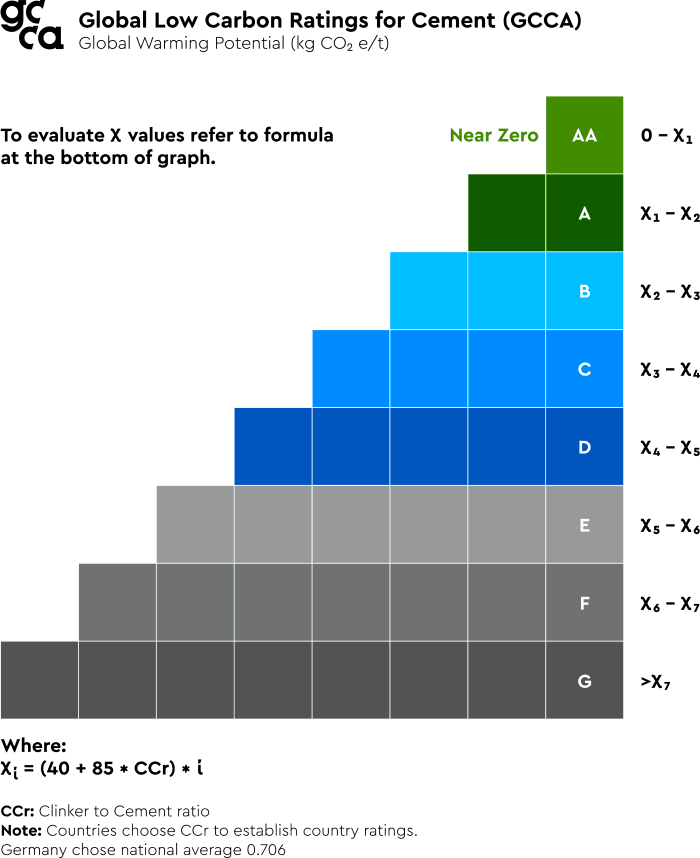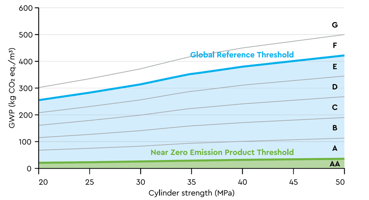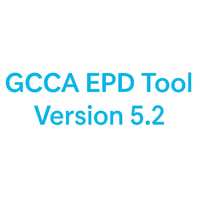GCCA Global Low Carbon Ratings for Concrete and Cement
Introduction
The Global Cement and Concrete Association (GCCA) has developed a standardised low carbon rating system for concrete and cement to support reporting, procurement and comparison of products. This system ensures transparency in low-carbon procurement and supports global efforts toward net-zero emissions by 2050.
Watch the launch event below!
GCCA Global Ratings for Concrete
The GCCA Global Ratings for Concrete are the implementation of the numerical definitions introduced by the GCCA at COP29 in November 2024, and categorise concrete products based on their Global Warming Potential (GWP), measured in embodied carbon dioxide equivalent per cubic metre (ECO₂e/m³).
Ratings – description
The GCCA low carbon concrete ratings system has the criteria of GWP (kg CO₂e/m³) and concrete strength (MPa). This is because higher-strength concrete generally requires more cement and hence has a higher carbon footprint. Users select the concrete strength for their specified or manufactured product, and can read the relevant ratings from graphical and tabulated presentation
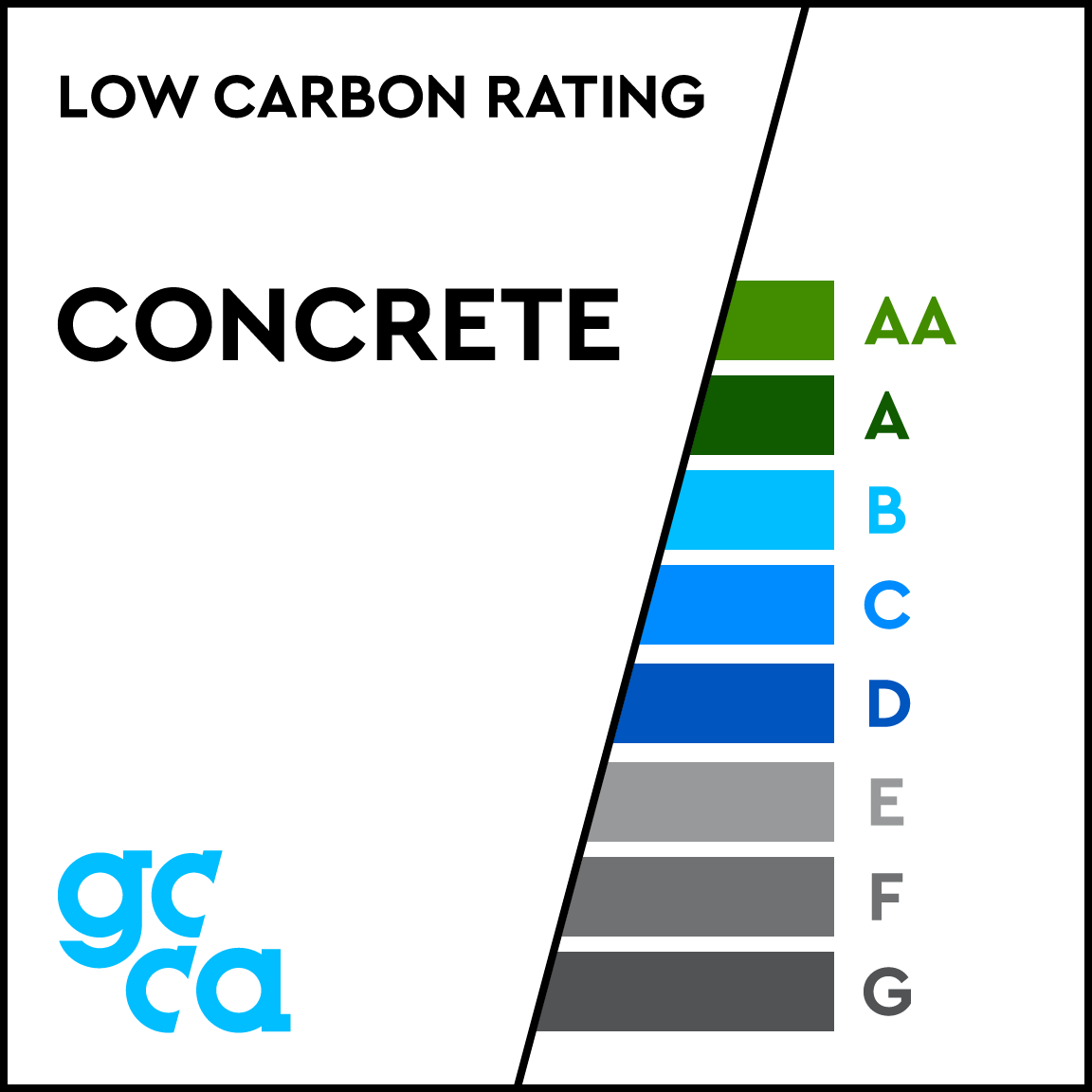
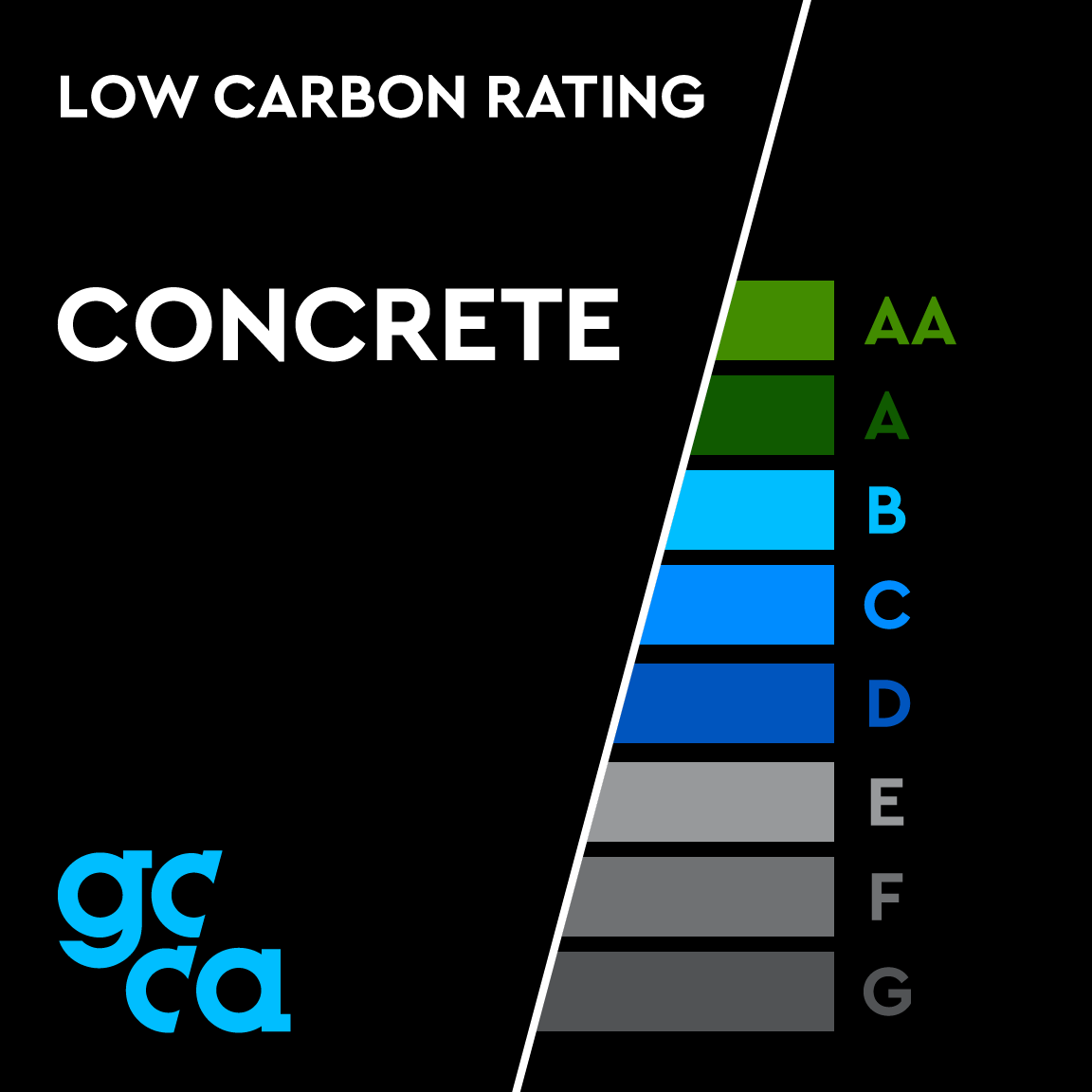
There are 8 ratings (AA to F):
| Rating | Description |
|---|---|
| AA | Near Zero Emissions Concrete – builds on the International Energy Agency’s near-zero definition for cement and the GCCA global roadmap to 2050 for efficiency of cement in concrete and fully decarbonised electrical grid and transport system |
| A – F | Equally spaced carbon footprint values define the ratings |

| Specified Concrete Cylinder Strength (MPa) | ||||||
|---|---|---|---|---|---|---|
| 20 | 25 | 30 | 35 | 40 | 50 | |
| Top of F | 302 | 335 | 372 | 418 | 450 | 500 |
| Top of E | 255 | 283 | 314 | 353 | 380 | 422 |
| Top of D | 208 | 231 | 256 | 288 | 310 | 345 |
| Top of C | 161 | 179 | 199 | 224 | 241 | 268 |
| Top of B | 115 | 127 | 141 | 159 | 171 | 190 |
| Top of A | 68 | 75 | 83 | 94 | 101 | 113 |
| Top of AA – Near Zero Product |
21 | 23 | 26 | 29 | 32 | 36 |
GCCA Global Ratings for Cement
The GCCA Global Ratings for Cement are the implementation of the numerical definitions introduced by the GCCA at COP29 in November 2024 and categorise cement products based on Global Warming Potential (GWP), measured in embodied carbon dioxide equivalent per tonne of cement (ECO₂e/t).
Indications are that some countries will choose to only adopt concrete ratings rather than cement ratings, as concrete is the final product. This approach aligns with the thinking behind the GCCA roadmap to achieving net-zero concrete which is a whole life roadmap.
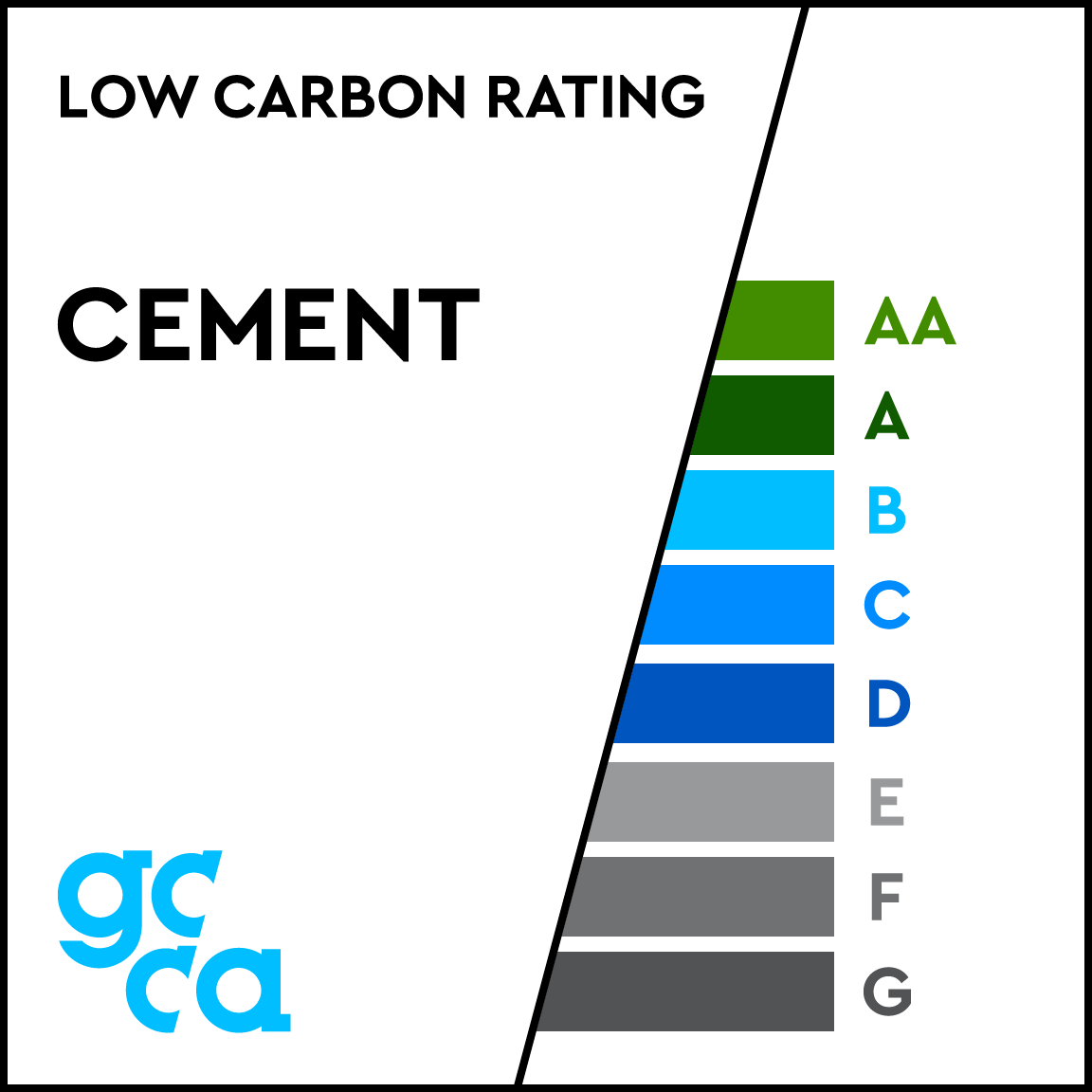
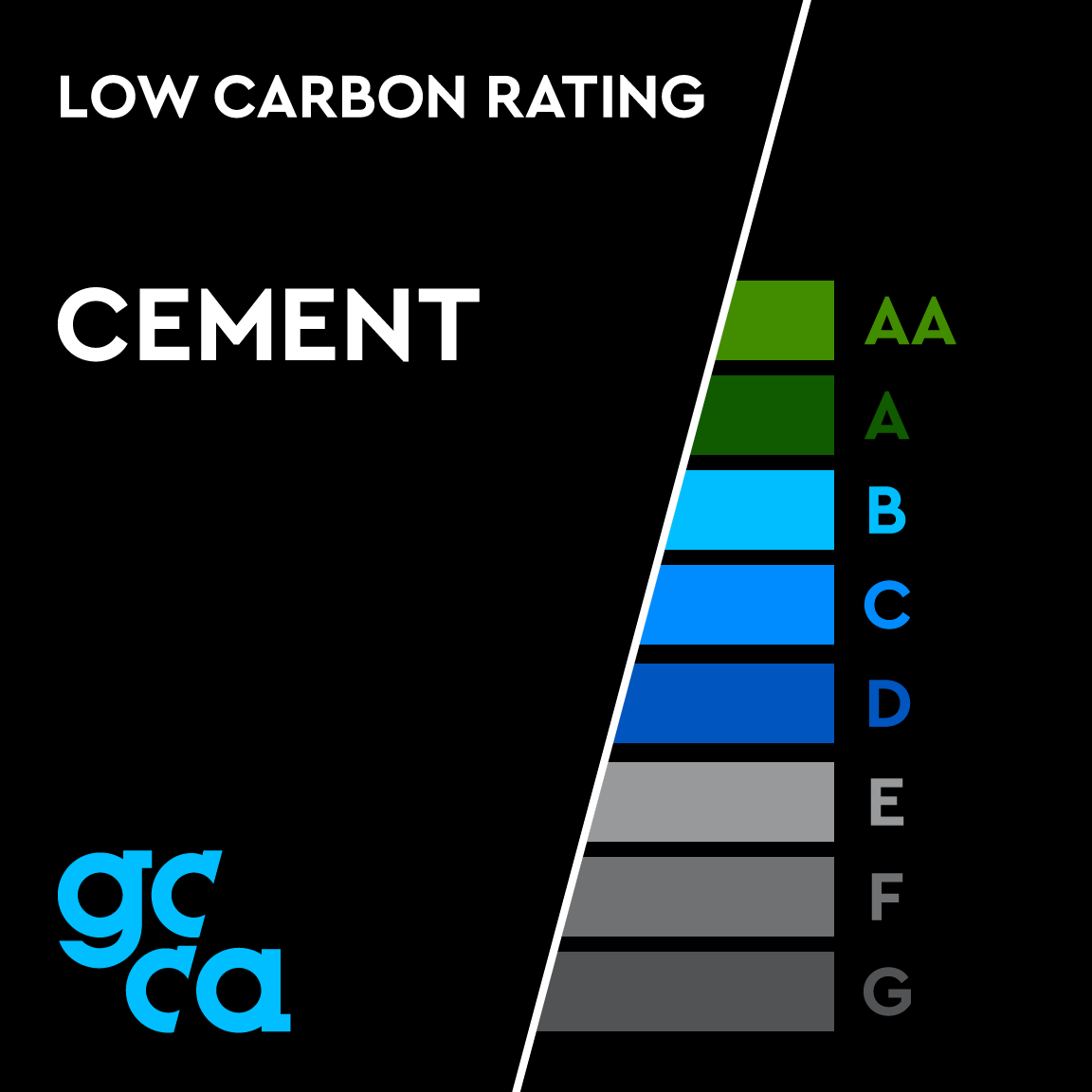
Ratings – description
The GCCA low carbon cement ratings are expressed in units of embodied carbon dioxide equivalent per tonne of cement product (ECO2e /t).
The ratings are divided into seven bands (AA to F):
| Rating | Description |
|---|---|
| AA | Near Zero Emissions Cement – based on the decarbonisation of cement in the GCCA Global Roadmap to net zero |
| A – F | Equally spaced carbon footprint values define the ratings – built on the IEA low-emission definitions for cement production |
Countries choose a clinker/cement ratio (one-off choice) and use the detailed Low Carbon Ratings for Cement graph below, to calculate rating values. An example is presented here for which the chosen clinker/cement ratio is 0.706. This is the value adopted by Germany who developed their VDZ carbon class in parallel with GCCA.
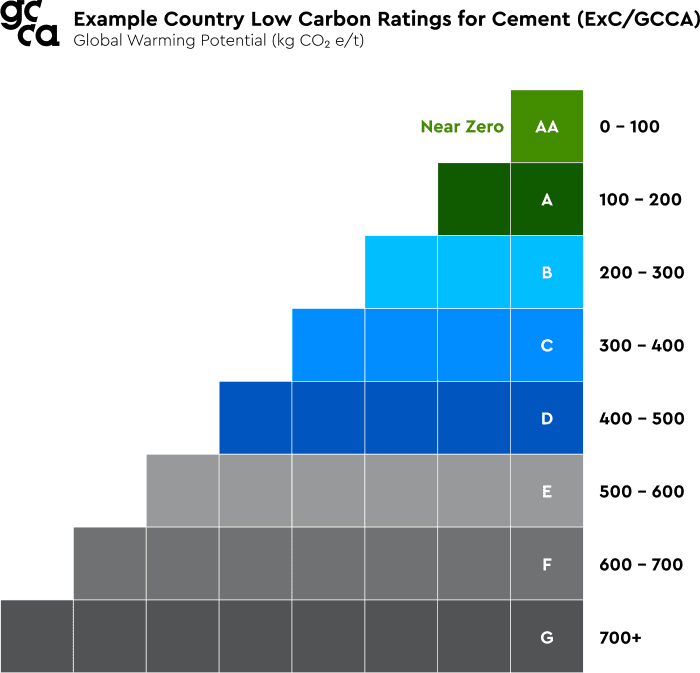
Figure 1: Example with real numbers for a chosen clinker/cement ratio of 0.706
